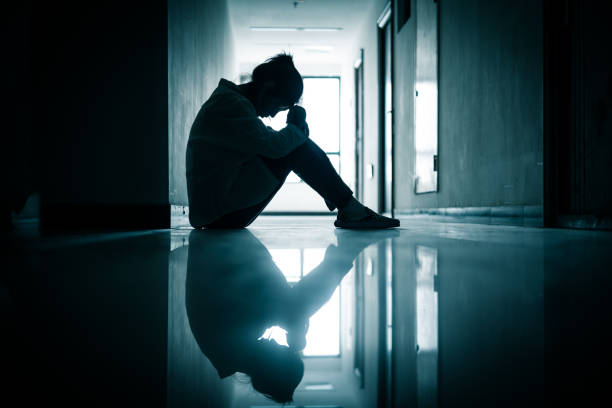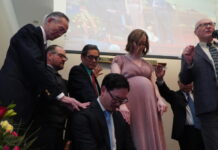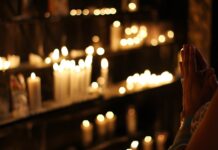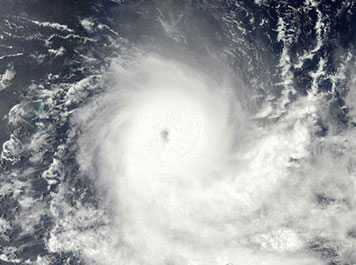NEARLY 30 percent of American households comprise a single person, a record high.
Scholars say living alone is not a trend so much as a transformation: Across much of the world, large numbers of people are living alone for the first time in recorded history.
“It’s just a stunning social change,” said Eric Klinenberg, a sociologist at New York University and author of the book “Going Solo.” “I came to see it as the biggest demographic change in the last century that we failed to recognize and take seriously.”
Homo sapiens is a social animal. Historians tapped ancient census rolls to show that our species has lived in groups for as long as such records have existed, stretching back at least to 1600.
The U.S. Census shows that “solitaries” made up 8 percent of all households in 1940. The share of solo households doubled to 18 percent in 1970 and more than tripled, to an estimated 29 percent, by 2022.
The solo-living movement intersects with several other societal trends. Americans are marrying later, if at all. The nation is aging. The national birthrate is falling. People are living longer — or they were, until the pandemic arrived.
More than anything, perhaps, the rise of single-person households is about women entering the workforce and achieving economic self-sufficiency. The share of adult women participating in the labor force reached 50 percent around 1980.
Historically speaking, “you don’t really see people living alone until women have control of their own lives and their own bodies,” Klinenberg said.
Does the rising population of solitaries signal a bold new age of independence and self-governance, or the end of human society as we know it? Maybe a little of both, experts say.
“Living alone can be a dream come true,” said Bella DePaulo, author of the forthcoming book “Single at Heart.”
Solitary living means “you get to curate your own life,” she said. “You decide when to go to sleep and when to get up, what and when to eat, what to watch or to listen to for entertainment, and how warm or cool your place will be.” No more fighting over the thermostat.
Other researchers see a marked downside to living alone, especially for older Americans, for people who live outside thickly settled cities and for pretty much anyone who is not alone by choice.
A New York Times report on aging solitaries concluded that, “while many people in their 50s and 60s thrive living solo, research is unequivocal that people aging alone experience worse physical and mental health outcomes and shorter life spans.”
The nation’s declining birth rate and aging population portend a time when America doesn’t have enough working-age citizens to sustain the national economy or to support the spiraling health care needs of its oldest citizens. The rise of single-person households can be seen as both a cause and effect of those challenges. More >>





















